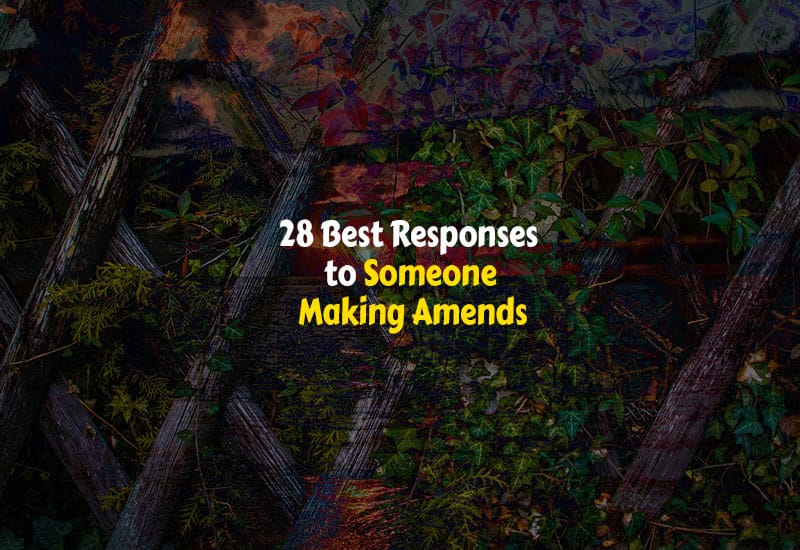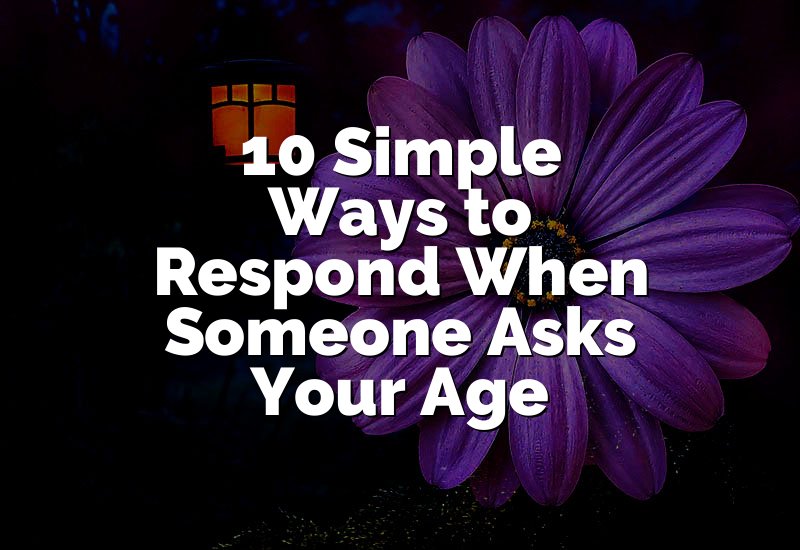When someone comes to make amends, your response can shape the relationship. Responding kindly or wisely can repair trust and bring understanding. For example, saying "I forgive you," "I need time," or "Thank you for apologizing" can guide the situation. Knowing how to respond helps both people feel respected and valued, creating stronger connections in everyday life.
Accepting
Accepting an apology is the best way to show that you appreciate the effort someone made to repair the relationship. Acceptance communicates that you recognize their intention and are willing to move forward. This response is perfect when the apology is sincere, and you feel ready to let go of anger. Using acceptance can strengthen your bond and reduce tension between you and the other person.
- I forgive you
- Thank you for apologizing
- I appreciate your honesty
- Let's move forward
- That means a lot
- I accept your apology
Acknowledging
Acknowledging someone's apology is useful when you want to recognize their effort without fully forgiving yet. This approach shows that you notice their actions and emotions. Acknowledgment works well if you need time to process feelings or if the situation is still sensitive. By acknowledging, you validate their attempt and keep communication open for future discussion.
- I hear you
- I see what you mean
- Thank you for saying that
- I understand your feelings
- I notice your effort
- That is appreciated
Asking for Clarification
Sometimes you may need more information before responding. Asking for clarification is important when the apology is unclear or the situation is complex. It helps avoid misunderstandings and ensures both sides understand each other. Use this approach when you want to handle the situation thoughtfully and make sure the apology fits the circumstances.
- Can you explain more?
- What exactly happened?
- I want to understand better
- Can you tell me your side?
- Help me see your view
- Could you clarify that?
Expressing Gratitude
Showing gratitude is a powerful response to someone trying to make amends. It highlights that you value their courage and effort to come forward. Gratitude is appropriate when the apology is meaningful, even if the situation is not fully resolved. Expressing thanks creates positive energy and encourages healthier interactions in the future.
- Thank you for apologizing
- I appreciate you
- That means a lot
- I value your honesty
- Thank you for your effort
- I'm grateful for your words
Setting Boundaries
Setting boundaries is crucial when you need to protect yourself while allowing the other person to apologize. It ensures your comfort and avoids repeating problems. Use this approach when the relationship is sensitive or when the apology does not erase previous issues. Boundaries help maintain respect and clear expectations for both sides.
- I need some time
- Let's talk later
- I'm not ready yet
- I need space
- Let's set rules for this
- I want some distance
Forgiving
Forgiving is one of the strongest responses when someone genuinely apologizes. It allows both people to release negative emotions and rebuild trust. Forgiveness is ideal when you feel ready to let go of hurt and want to restore the relationship. This approach does not ignore the issue but focuses on moving forward with understanding.
- I forgive you
- It's okay
- Let's move on
- I'm ready to let go
- We can start fresh
- I release the anger
Offering a Solution
Sometimes responding with a solution helps improve the situation further. Offering a solution shows that you care about resolving the problem and preventing it from happening again. This method works well when the apology comes with an opportunity to correct behavior or change outcomes. Solutions create actionable steps to strengthen the relationship.
- Let's fix this together
- How about we do this?
- I have an idea
- Let's agree on this
- Can we try this approach?
- Let's make it right
Showing Empathy
Responding with empathy makes the other person feel understood and accepted. Empathy works when you want to connect emotionally and recognize their feelings. It helps calm tensions and promotes mutual understanding. Using empathy allows both people to communicate honestly while feeling supported in the process.
- I understand how you feel
- That must have been hard
- I see why you did that
- I feel for you
- I know this wasn't easy
- I can imagine your situation
Taking Time
Taking time before responding can prevent reactive or emotional replies. This approach is useful when the situation is intense or you need clarity. Waiting allows you to process emotions and respond thoughtfully. Taking time helps ensure your reaction is fair and constructive, improving the chance for a positive resolution.
- I need to think
- Let's talk tomorrow
- I'll get back to you
- Can we pause?
- I need a moment
- Let's wait before deciding
Moving Forward
Focusing on moving forward is a response that emphasizes growth and rebuilding. It works best after you've accepted or acknowledged the apology. This approach encourages both people to leave the past behind and focus on better interactions. Moving forward strengthens trust and builds healthier relationships for the future.
- Let's move forward
- We can start fresh
- Let's leave it behind
- I'm ready to move on
- Let's grow from this
- Forward is best
| Response Type | Best Use Case | Key Benefit |
|---|---|---|
| Accepting | When you feel ready to forgive | Strengthens trust |
| Acknowledging | When you need recognition without forgiveness | Keeps communication open |
| Asking for Clarification | When the apology is unclear | Prevents misunderstandings |
| Expressing Gratitude | When effort is meaningful | Creates positive energy |
| Setting Boundaries | When you need protection | Maintains respect |
| Forgiving | When ready to let go of hurt | Restores relationships |
| Offering a Solution | When resolution is needed | Provides actionable steps |
| Showing Empathy | When connection and understanding are needed | Promotes mutual understanding |
| Taking Time | When emotions are high | Ensures thoughtful response |
| Moving Forward | After acknowledgment or acceptance | Focuses on growth and rebuilding |

Final Thoughts
Responding when someone tries to make amends is powerful. Using these approaches helps build trust, promote understanding, and strengthen relationships. Each method fits different situations, making it easier to handle apologies wisely.









